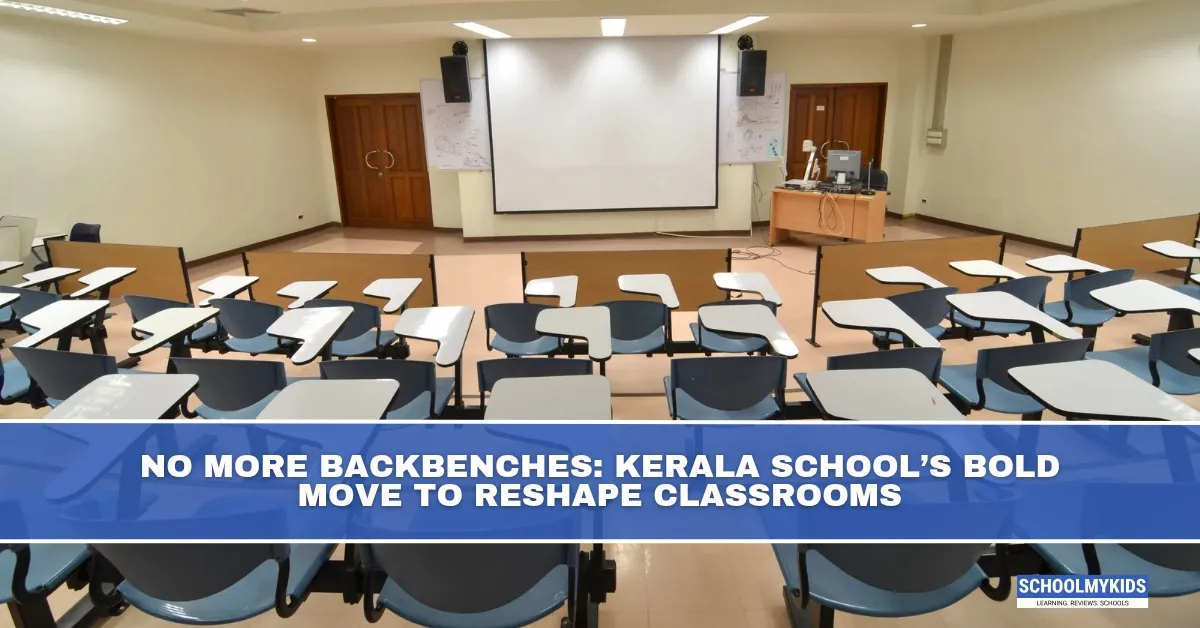In a move that challenges deep-rooted classroom hierarchies, a government school in Kerala has decided to do away with the concept of front and back benches altogether. The new seating arrangement is designed to foster inclusivity, equal participation, and a sense of unity among students.
The Idea Behind the Change
Traditionally, students who sit at the front are perceived as more focused or academically inclined, while those at the back are often seen as disinterested or disengaged. This not only fuels classroom stigma but also impacts self-esteem. By eliminating this divide, the school aims to encourage every child to feel equally important in the learning process.
Rotational Seating System
The school has implemented a rotational seating system where students change their seats regularly—weekly or biweekly—ensuring that each child experiences different classroom perspectives. Teachers have reported improved attention spans, better engagement, and stronger peer interactions since the change.
Breaking Old Patterns
Kerala, known for its progressive education model, is once again leading by example. Experts believe that such structural changes, though small in design, have long-term psychological benefits. They challenge the "fixed mindset" many students unknowingly carry and promote an environment of equality and shared ownership in classrooms.
A Model for the Future?
While it remains to be seen how widely this idea will spread, the early results from this Kerala school are promising. By redefining the spatial dynamics of a classroom, it’s not just the seating that's changing—it's the mindset of an entire generation of learners.









Be the first one to comment on this story.